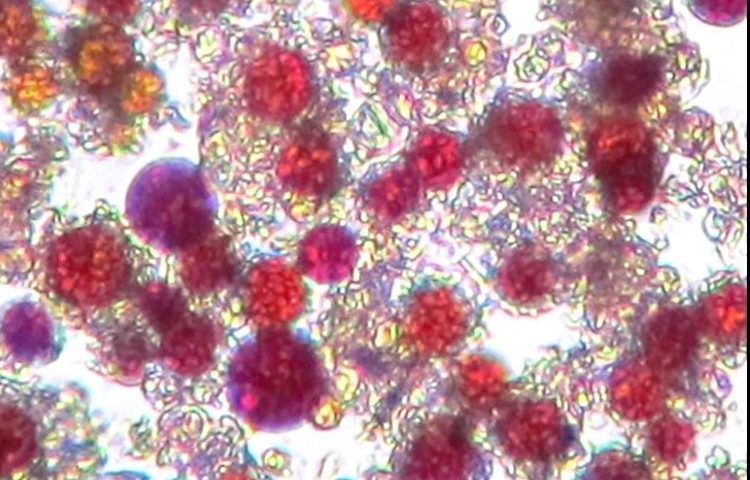We all know to avoid yellow snow. But what about PINK snow?
This is Sandra Tsing Loh with The Loh Down On Science.
Pink snow forms when the surfaces of glaciers and ice sheets melt. Red algae grow in the meltwater and color the snow beneath.
Scientists from the University of Leeds wondered how this might affect the climate.
They found that pink snow absorbs thirteen percent more sunlight than normal snow. Absorbing more sunlight makes snow melt faster, AND contributes to global warming.
But global warming also CAUSES snowmelt. This leads to a climate feedback loop. A little bit of warming causes a little more snowmelt. The extra red algae darkens the snow and absorbs more sunlight. This adds a little more warming on top of what we started with. But the feedback loop continues until a little becomes a LOT more.
In short, the Leeds scientists caution that we need to start thinking about pink snow. It could play an important role in climate change.
They certainly aren’t looking at snow through rose-colored glasses!

